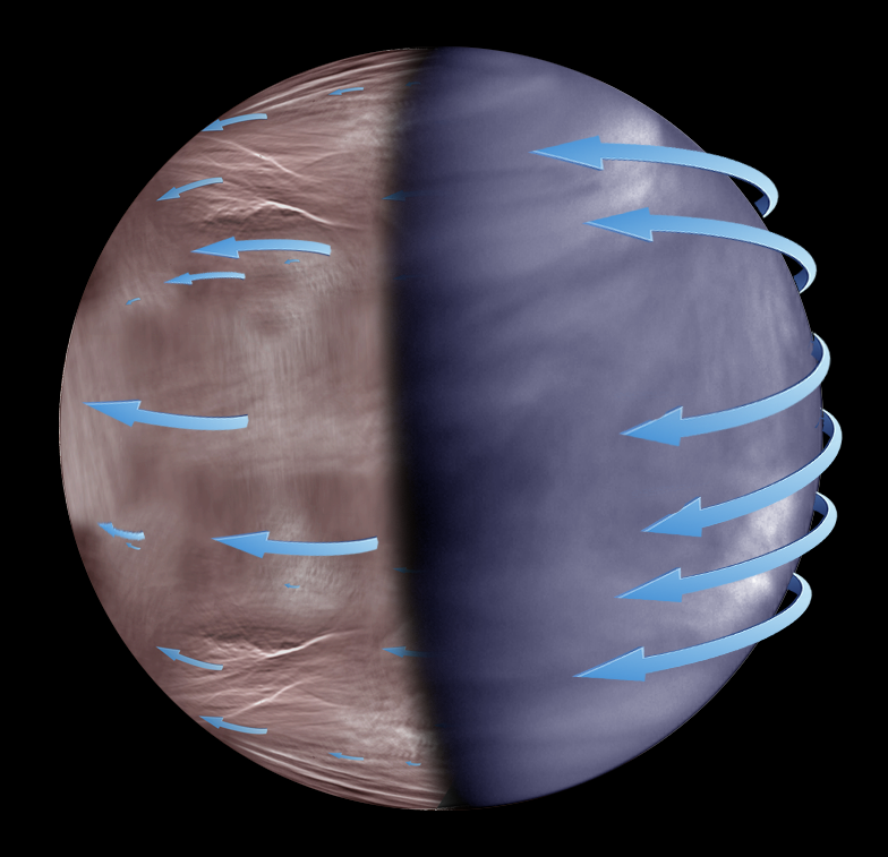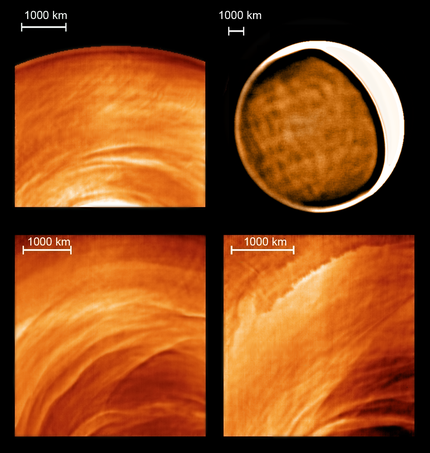The night winds are different from those of the day on Venus

The winds of the night zone of Venus present a behavior significantly different from the most favorable of the day, according to a work published by researchers of the UPV along with others in the journal Nature Astronomy. Unpredictable winds, stationary waves and variable clouds have been found.
In the 1960s, wind gusts measuring 360 kilometers per hour were measured in the Venus Day area. A surprising fact, since on Earth and on Mars, the atmosphere rotates at a speed similar to that of the planet. In Venus the movement of the atmosphere is much faster: Venus needs 243 days to turn its axis and its atmosphere only takes four days to turn the planet. This rapid atmospheric rotation is known as “superrotations”. “Venus’ atmosphere remains a mystery of where it extracts energy to have that ‘superrotation’,” explains Javier Peralta, a member of the Japanese Space Agency. “The problem is that we accept that the night of Venus occurs the same as the day and we were wrong. So far we have not been able to see clearly what the atmospheric superrotation was like in the night part of the planet,” added Peralta.

“The highest mists of Venus are at an altitude of 70 kilometers, where the strongest superrotation occurs. These mists can be seen at night thanks to the thermal emission, but in space missions to date no details were obtained,” said UPV researcher Ricardo Piedra. Now, thanks to the data obtained in the ESA Venus Express mission and new imaging techniques, they have seen that night clouds and their movements are different from those of the day.
“Superrotation also occurs during the night, but it has a greater diversity of movements and different types of fog appear that have not been seen so far, clouds that change violently from day to day in an unpredictable way,” said Agustín Sánchez Lavega, director of the Planetary Sciences Group of the UPV.
However, the biggest surprise has been to find many structures that do not move in the clouds and the group has come to the conclusion that it is a type of atmospheric waves called "stationary". These waves are similar to a thousands of miles stationary wave that the Japanese space mission Akatsu has recently discovered in the atmosphere of Venus. Those who have seen in this work are smaller, hundreds of kilometers.





